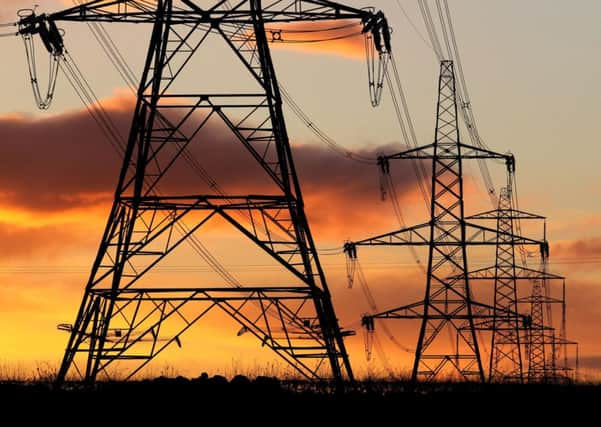Could wind turbines become as common as pylons are now?


On April 13th the Intergovernmental Panel on Climate Change released a report stating renewable energy, such as wind and solar power, will have to at least treble in output and dominate world energy supplies by 2050 to avoid catastrophic climate change.
This report was produced by hundreds of experts and backed by200 world governments. The proposed turbines on Delf Hill will generate enough clean energy to power 4,900 homes, saving an estimated 8,800 tonnes of CO2 a year and 220,000 tonnes over its 25-year life cycle. The small footprint of these turbines is miniscule in comparison to their carbon-powered counterparts, leaving much of our beautiful countryside unspoilt and accessible.
Advertisement
Hide AdAdvertisement
Hide AdDue to the agricultural difficulties of recent times, numerous farming families have needed to diversify. Many of them forced to sell their land to developers, due to financial hardship. The landowners of this site have been farming sheep and cattle for three generations.
The construction of the wind turbines will ensure hill farming remains a way of life for future generations of this family, guaranteeing the continuation of this picturesque parcel of land.
Ms Jones comments on the effect of this construction on the local rural community. According to the independent environmental report commissioned by the developers, a large amount of the building materials for the turbines will be sourced from an existing quarry adjacent to the proposed site. This will minimise the need for public road traffic to the location. The delivery of other materials is estimated to take only six days, causing minimal disruption to residents. All future building and maintenance will provide employment for local people and companies.
The developers have also pledged a community benefit package of £1.25m. over the lifecycle of this project. This benefit will be split between community groups in the area and Pendleside Hospice, a much esteemed and necessary service for Burnley citizens.
Advertisement
Hide AdAdvertisement
Hide AdI am sure I am not alone in welcoming this project. We need to be aware of the urgent need to cut planet-warming carbon emissions and understand the benefits of clean energy significantly outweigh any adverse effects or disruption in our lives. In the case of Delf Hill Windfarm, I believe the benefits to the environment and community far outweigh any implied negative points.
Perhaps the sight of these magnificent structures on the horizon will eventually become as commonplace as electricity pylons (which, incidentally, caused a public outcry when first introduced)!
T. Brown
Leamington Avenue, Burnley